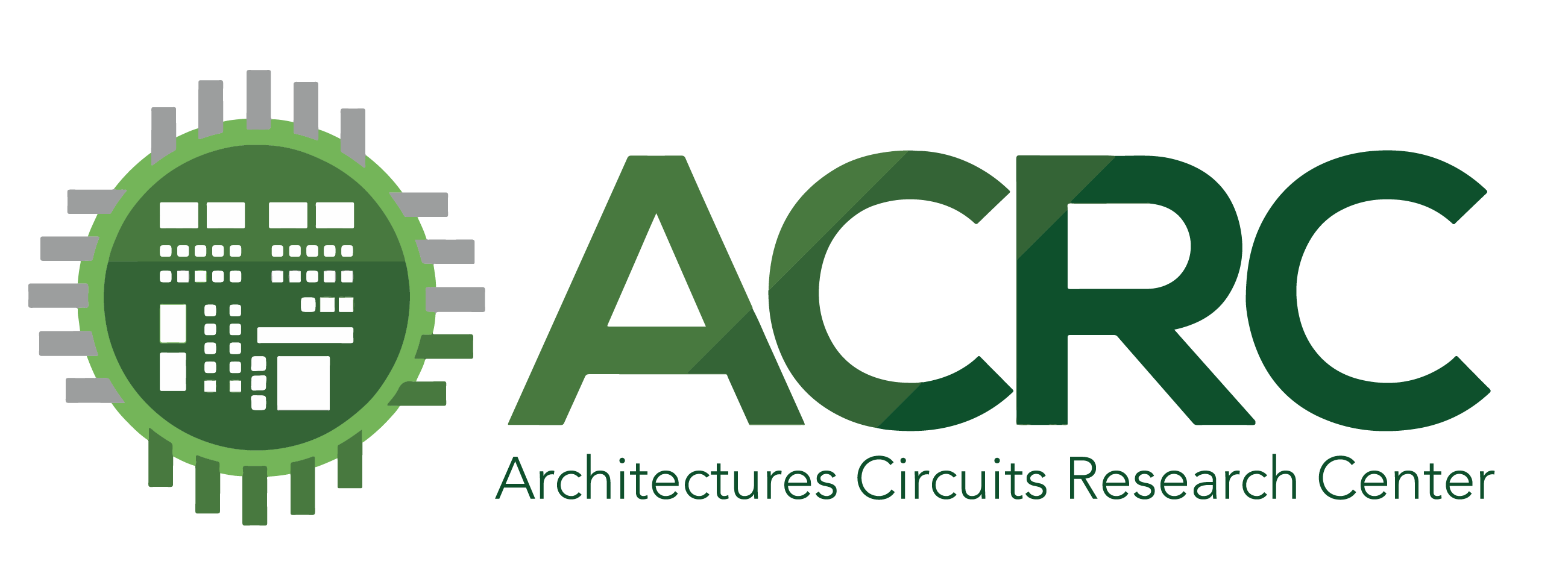Automotive Radar operating in the 77 GHz and 79 GHz bands is the largest market for mmWave systems. Consequently, a de-facto standard system architecture has evolved which is used by most devices on the market and under current development. Modern automotive radars are to a large extent software defined and enable adaptive selection of waveform parameters as well as dynamic utilization of RF subsystems such as transmit and receive channels. This flexibility is the key-enabler for implementing multi-purpose radar sensors, which can realize functions from adaptive cruise control down to automated parking all in one device. Together with the high-volume of automotive radars also comes a rapid cost-reduction. Consequently, they become more and more attractive for solving various other sensing challenges: something else they have originally been designed for.
After reviewing the state-of-the art system architecture of automotive radar sensors, this presentation will introduce some novel ideas and applications how performance of that automotive “mass-product” can be further improved and how their flexibility allows for a widespread use, far beyond the traditional adaptive cruise control.
He received the Dipl.-Ing. and Dr.-Ing. degree in systems of information and multimedia technology/electrical engineering from the Friedrich-Alexander-University Erlangen-Nürnberg, Germany, in 2010 and 2015, respectively, where he was a research assistant, teaching fellow, and later head of the team for radio communication technology.
His particular interest is space-time processing such as e.g. beamforming and direction-of-arrival estimation, together with cognitive and adaptive systems. He has a special focus on combining the domains of signal processing and microwave/electromagnetics to develop new approaches on antenna array implementation and array signal processing. His further research activities include distributed coherent/non-coherent networks for advanced detection and perception, machine-learning techniques for spatial signal processing, highly-flexible software defined radio/radar systems, and communication systems for NewSpace.
He served as co-chair of the IEEE MTT-S Technical Committee Digital Signal Processing (MTT-9), regularly acts as reviewer and TPRC member for several journals and conferences, and currently serves as associate editor of the Transactions on Microwave Theory and Techniques. He is a Distinguished Microwave Lecturer (DML) for the DML term 2018-2020 with a presentation on signal processing and system aspects of automotive radar systems.
Please sign up and join us on Monday, October 19, 2020 at 11:00 (Israel Daylight Time).
A link to the Zoom session will be provided after registration.
Important: The participation is free of charge, but registration is required /registration-markus-gardill/
For more details and updates on the series of “ACRC Semiconductor Webinars” please follow our newsletters and our website



